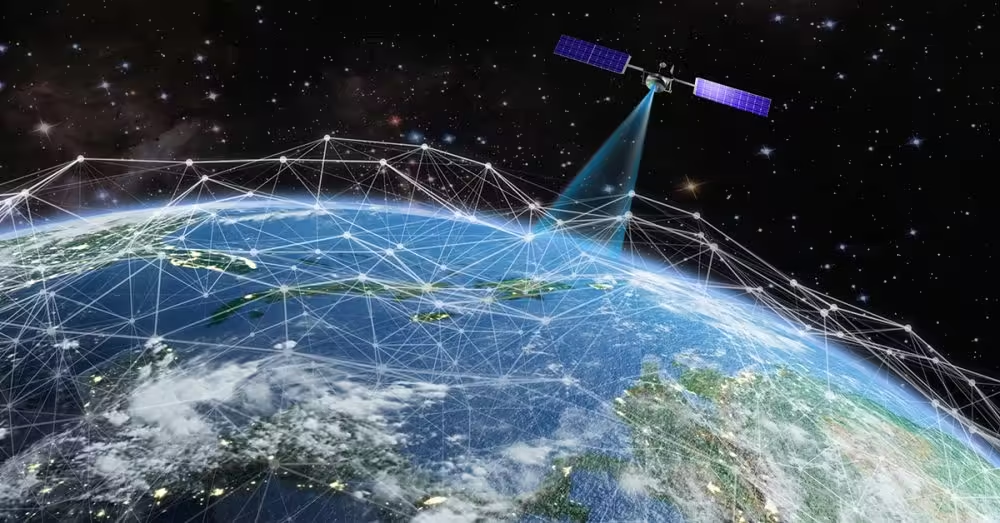Elon Musk’s Starlink has been on an aggressive global marketing drive, and Kenya has not been left behind. With the newly launched VSAT internet, here is why satellite internet is the future of connectivity.
Its presence is causing ripples against traditional telecommunications operators and Safaricom is already feeling the heat. The leading telecom operator has petitioned the Communication Authority of Kenya, the industry regulator, to review the decision to license the independent satellite service provider.
The Difference Between Satellite and Fibre Internet
The former uses satellites, which orbit the Earth to provide internet access. The traditional cable or fiber-optic internet uses physical wire connections.
For instance, when you click on a web page or stream a video, the signal is sent from your computer to the satellite dish. The dish then transmits the signal to a satellite in space, relaying a message back down to your dish to complete a connection.
Advantages Over Fibre Optic
Starlink delivers high-speed internet with low latency, hence perfect in remote areas where fiber internet services are limited or unreliable. The proximity of its low-orbit satellites, significantly improves internet speeds, offering an excellent online experience.
Starlink packages are tailored for both fixed and mobile applications. There are vehicle-mounted solutions and boats and ship operations both inland and offshore.
The Disruption
Starlink is already shaking up telecom services around the world. It now offers access to many areas without coverage since time immemorial. Older geostationary satellites are located 22,000 miles above the earth, the new generation satellites are positioned just 300 miles above the Earth. This means reduced latency, low implementation costs, and fewer weather-related issues.
Its competitive pricing has shaken the market in Kenya with new subscribers lining up. Starlink charges Sh1,300 monthly for a 50 GB data plan. This is less than half the price of Airtel Kenya which goes for Sh3,000 for the same data plan.
The direct-to-cell satellite tech also allows satellites to connect to mobile devices. This renders cell towers and base stations irrelevant beating the traditional cellular networks.
Satellite internet also holds great potential for commercial and government uses. It provides reliable connectivity for shipping and aviation industries which in turn support disaster response and military operations.
Data Safety and Cost Concerns
On its official website, the satellite internet provider states that it’s making every attempt to encrypt any information sent via its services.
However, despite their frantic efforts, they cannot guarantee any unauthorized attempt to access personal information.
“Although we endeavor to keep information secure, we cannot guarantee that our security measures will prevent every unauthorized attempt to access, use or disclose personal information,” reads their statement in part.
The downside of LEO satellites is that they need to be replaced almost every five years. The satellite company will therefore bear the cost of rocket launches continually, to stay functional.
Case In Point
Starlink has already proved its worth where several Starlink’s satellites did provide internet in Ukraine after their internet infrastructure was destroyed during the Russian invasion.
Government regulatory bodies will determine the future of satellite internet by establishing frameworks to promote innovation while safeguarding against potential risks.
This next era will be a race between which provider can deliver affordable high-speed, low-latency internet to the remotest regions of the world.



